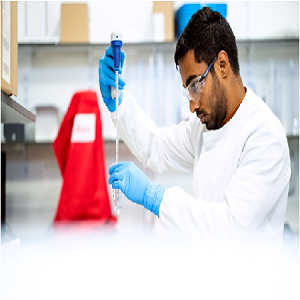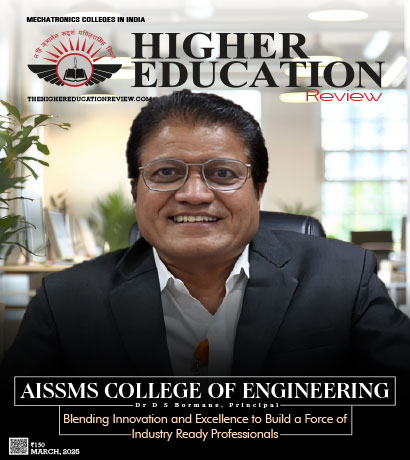Meeting The United States Need For Innovations In Biomed Technology
 American standards in healthcare continue to improve, but so do the volume of patients needing specialist and, often, cutting-edge care. With 26% of Americans diagnosed with some form of disability, according to the CDC, and with that number increasing, new methods of helping people to manage their disability are always in need – creating an opportunity for biomedical science. The main challenges facing this are scalability, the quality of treatments, and availability. Leading this charge towards a more equitable future for people living with disability are biomedical engineers across the USA.
American standards in healthcare continue to improve, but so do the volume of patients needing specialist and, often, cutting-edge care. With 26% of Americans diagnosed with some form of disability, according to the CDC, and with that number increasing, new methods of helping people to manage their disability are always in need – creating an opportunity for biomedical science. The main challenges facing this are scalability, the quality of treatments, and availability. Leading this charge towards a more equitable future for people living with disability are biomedical engineers across the USA.
A training problem
America has a long and storied history when it comes to biomedical innovation. According to Live Science, numerous life-changing devices, from the insulin pump to the equipment that makes organ transplants possible, were researched and developed in the USA. This research hasn’t solely taken place in larger institutions, either; the insulin pump, for instance, was designed at a smaller institute in Indiana. Despite this, the field remains in urgent need of new learners. According to the Electronic Health Reporter, a dearth of new biomed engineers has led to a stall in the advancement of new tech. Improvement in this situation may be on the horizon with the increased availability and quality of training, including being able to learn biomedical engineering online; this allows students from further afield to get top class training, whereas logistical issues may have prevented that in the past.
Joined up expertise
Increasingly, this inter-connected way of working that is enabling better training across the USA is also enabling better research.Historically, biomed research has, sometimes, been an isolationist pursuit, and almost a matter of national pride. This has changed in the modern day. In September 2020, this commitment to collaboration was demonstrated through the EU setting up a US-influenced and assisted biomedical research agency that will be attempting to promote higher levels of international cooperation. This is a big indicator as to the movement of the industry, and highlights how it can achieve it’s best work. Only through cooperatives with other countries, aided by the quality and speed of digital communication, can American continue to be a world leader in biomed. In turn, this will create new inclusive tech for people living with disability across all economic and demographic lines.
Disability and inclusiveness
As noted by Forbes, 2020 became a year in which people living with disability changed the narrative on inclusiveness and medical technology. As the circumstances of 2020 exposed healthcare failings across the world, people living with disabilities were disproportionately affected. Now, the focus for many research institutes is on people living with disability and how they can be given the tools they need to need to enjoy a better quality of life, despite the pressures of factors outside of their control. This shift in narrative has created a tremendous amount of positivity – and pressure – on the biomed profession, putting well trained and experienced biomed professionals in demand like never before.
A stall in the quality of American’s biomedical research can be answered through two factors. The first is an increased number of people training in the discipline; and the second is an increased focus on international collaboration. Through this, the USA can continue to be a world leader in aiding those living with disability.

